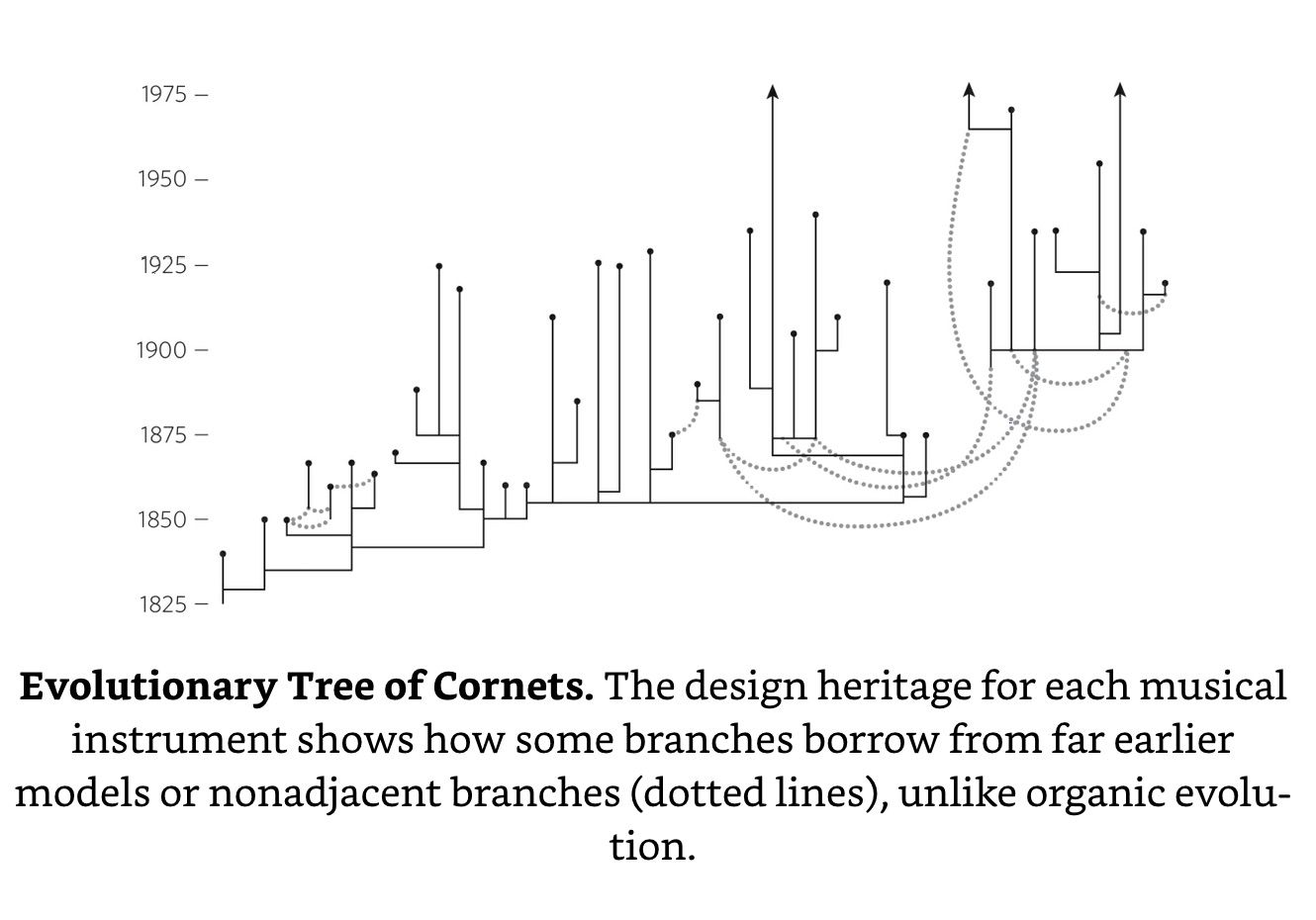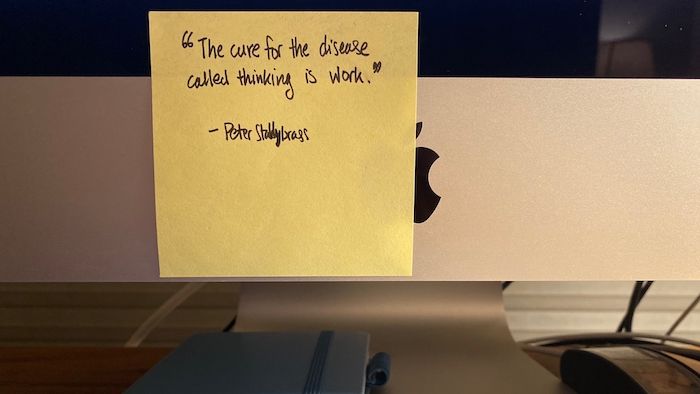The cure for the disease called thinking
Peter Stallybrass’s “Against Thinking” is a manifesto against the myth that original ideas come from talent and a blank page. He compares the labor of writing to the labor of bees:

Talent, skill, and taste all matter, but they need material to work with. The history of literature and thought is one long conversation, building off the top of other people’s concepts, drawing new connections or trying new metaphors.
When you’re THINKING, you’re usually staring at a blank sheet of paper or a blank screen, hoping that something will emerge from your head and fill that space. Even if something “comes to you”, there is no reason to believe that it is of interest, however painful the process has been. ORIGINALITY (an unhelpful concept connected with thinking and deep thought) is another name for repeating other people’s ideas without knowing that you’re doing so.
The alternative to thinking? Working. Outlining, highlighting, quoting, shuffling, summarizing, and reacting. Tinkering at the edge of the network to discover the adjacent possible.
The history of technology works by finding new combinations of old materials and designs. The pattern of recombinant innovation dominates in Kevin Kelly’s history of technology adoption What Technology Wants:
Eldredge discovered that the pattern of evolution in the technium is not the repeated forking of branches we associate with the tree of life, but rather a spreading, recursive network of pathways that often double back to“dead” ideas and resurrect “lost” traits.
You can’t make something without starting materials, whether substances in the world, demonstration of a working mechanism, or concepts for organizing experience.

Family tree of cornet designs, from What Technology Wants.
It’s not always easy to see how concepts themselves are historical artifacts. The successful ones get embedded deeply in our language and perception. Some concepts, once introduced in our culture, look like a native part of the world.

https://twitter.com/AristotlesStgra/status/1087844679104806913
Get away from the blank page and stir whatever you favor as a compost pile for your brain. Stallybrass again: “The cure for the disease called thinking is work.”

The cure for the disease called thinking is work.
Related:
- Everything is a Remix
- Steal Like an Artist. Austin Kleon
- “The Ecstasy of Influence”. Jonathan Lethem. Harper’s Magazine.